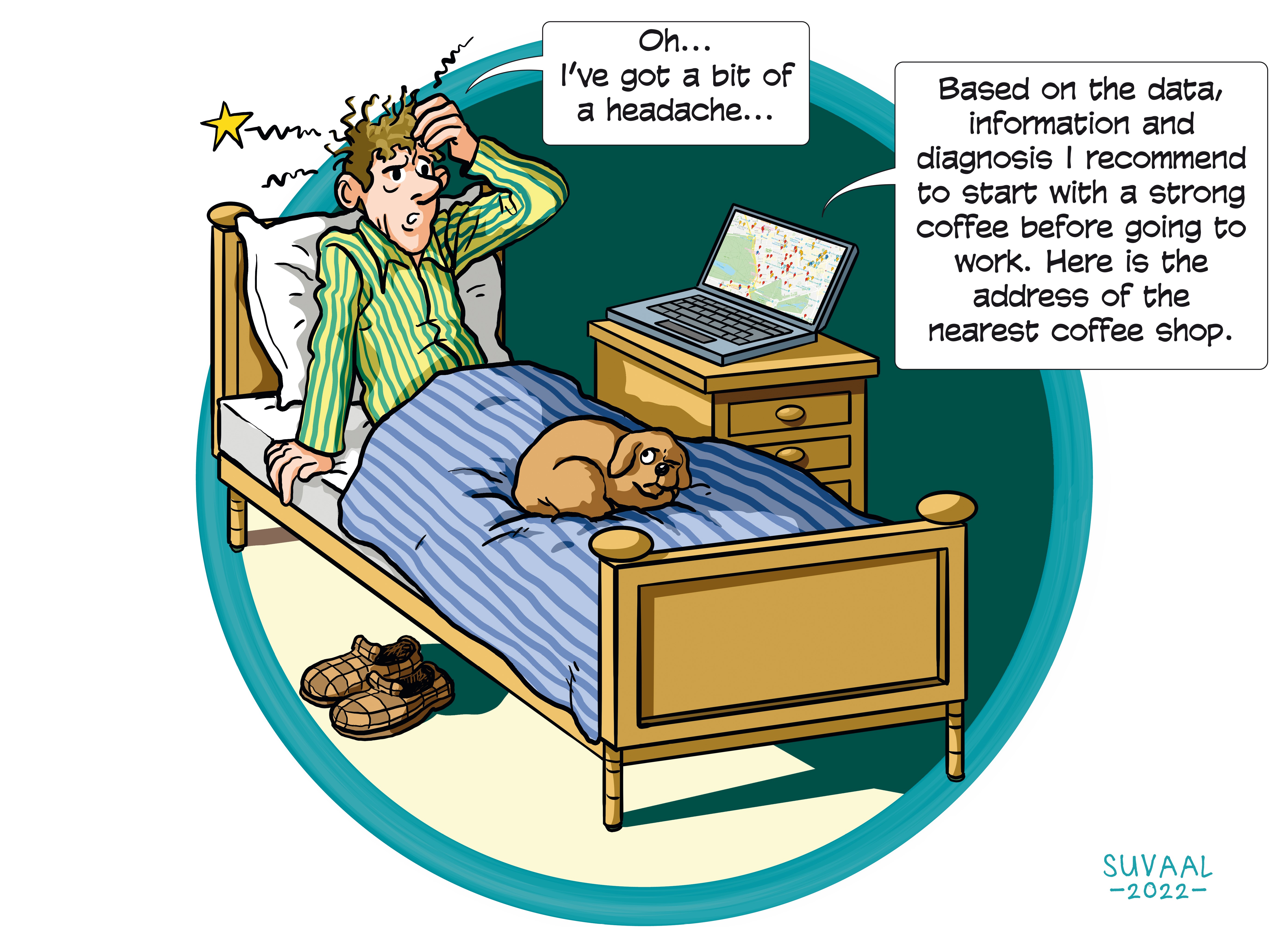PYTHIA team: Artificial Intelligence for Structures, Prognostics and
Research Themes: Software Technology & Intellligent Systems, materials


A TRL is a measure to indicate the matureness of a developing technology. When an innovative idea is discovered it is often not directly suitable for application. Usually such novel idea is subjected to further experimentation, testing and prototyping before it can be implemented. The image below shows how to read TRL’s to categorise the innovative ideas.
Summary of the project
The researchers of the Pythia team are working to embed self-awareness capabilities into light weight structures. This work will allow the transformation of conventional structures to cyber-physical structural assets. In this way, the structural assets will be able to assess in real-time and an autonomous way their damage state (diagnostics) and estimate the remaining useful life (prognostics), taking into account realistic operational conditions. The research activities range from designing sensing technologies up to decision making for optimizing operations.
What's next?
A next step for the Pythia team is to develop a digital twin that can interconnect, exchange information and self-learning with and from its physical twin. This will allow the team to run scenarios on how, when and where damage will occur and propogate during its service. Another important next step for the team is to work on knowledge transfer and utilization; The Center of Excellence on AI for structures emphasizes on organizing summer schools and trainings, supports the young generation by offering scholarships and mentorships, shares facilities and it provides open access to data and algorithmic tools.
With or Into AI?
Both
Dr. Dimitrios Zarouchas
Dr. Nick Eleftheroglou
Dr. Christos Nastos
Dr. Nan Yue
Faculties involved
- AE
